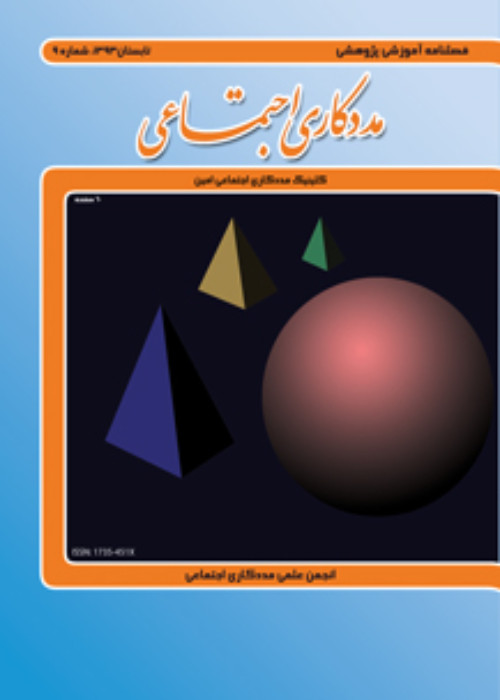Identifying and Comparison of Adolescent Girls' Perceiving of Family Conflicts, Cognitive, Emotional and Behavioral Themes, According to Preoccupied and Avoidant Attachment Styles
With due attention to the importance of attachment experiences and considering conflict as an inseparable part of relationships, the current study focused on identifying the cognitive, emotional and behavioral patterns of perceiving family conflicts in adolescent girls according to their attachment styles by a qualitative research method and thematic analysis.
This study group consisted of fifteen to eighteen years old girls in Tehran who were selected from a school by purposeful sampling method. Adult attachment inventory; for short AAI, and The twenty-item experiences in close relationships — revised — general short form; for short ECR-R-GSF questionnaires were used to assess the attachment style. By their scores, adolescents were assigned to two categories of avoidant and preoccupied attachment styles. Among one hundred and sixty-three adolescents who completed the questionnaires, thirteen people were selected for the interview. The sample group was saturated with five people in each preoccupied and avoidant group.
The main essences of avoidant adolescents' cognitions were dichotomous thinking, representing parents negatively, emphasizing independence, intellectualizing and emotional disengagement. In the emotional patterns, they showed avoidance in experiencing emotions and anger; and in the behavioral patterns, they tried to avoid conflict situations and enhanced the severity of their aggressive behaviors to reach their goal. The main essences of preoccupied adolescents' cognitions were representing parents and themselves negatively, attribution of conflict to the quality of the relationship, seeking integration in the relationship and need for being cared of. Emotionally, they experienced anger, fear, sadness, and sympathy for the mother. In the behavioral aspect, they acted impulsively and aggressively to express their anger, struggling for their goals and express excessive love to attract and maintain partner love.
By identifying adolescents' cognitive, emotional and behavioral aspects in conflict situations, the results of this research can help in preparing parenting package and therapeutic interventions based on the attachment approach for adolescents.
- حق عضویت دریافتی صرف حمایت از نشریات عضو و نگهداری، تکمیل و توسعه مگیران میشود.
- پرداخت حق اشتراک و دانلود مقالات اجازه بازنشر آن در سایر رسانههای چاپی و دیجیتال را به کاربر نمیدهد.


